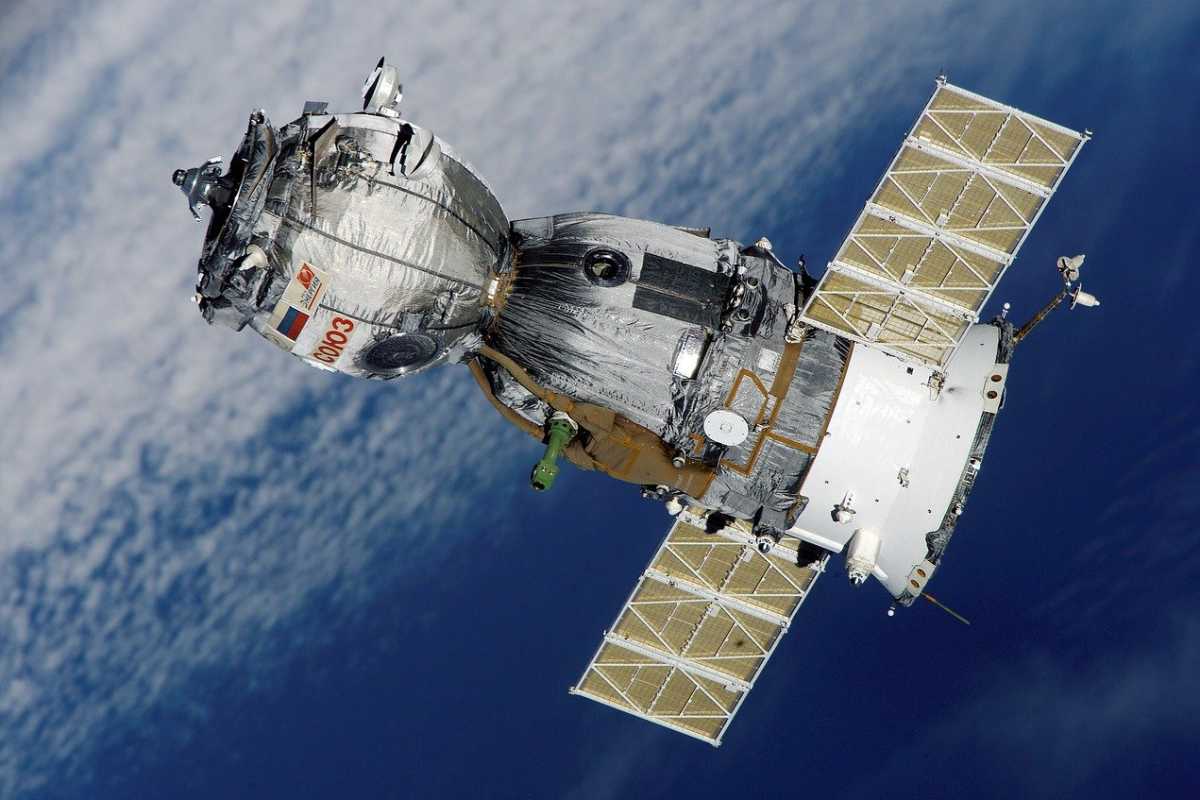
The progress of the satellite market is no news to us all, but the leap that the Low Earth Orbit (LEO) broadband has made is quite intriguing. The satellite broadband market is likely to reach 3.5 million subscribers by the end of 2021. Assuming the compounded annual growth rate (CAGR) of 8%, the satellite broadband market will reach 5.2 million subscribers in 2026. According to a report from ABI Research, the 5.2 million satellite broadband subscribers are expected to rake in $4.1 billion in revenues for the industry.
LEO Satellite vs GEO Satellite
Geostationary Earth Orbit (GEO) satellites were traditionally deployed to render broadband services to rural areas where mobile or fixed broadband deployment is a challenge for the operators.
GEO satellites provide a pretty decent speed of over 100Mbps, but the problem is that they are very far from Earth. GEO satellites are about 36,000km from Earth, leading to higher latency that can be as high as 600ms. Therefore, it limits the use of an application that requires lower latency.
This is when LEO satellites come into the picture, explained Khin Sandi Lynn, an industry expert from ABI Research. LEO satellites will play an important role shortly as they orbit around 800-1600 km from the Earth. Disrupting the GEO satellites, the LEO satellite systems offer a major advantage on latency which can be as low as 30-50 milliseconds. The LEO satellites will allow users to use low-latency applications and tasks, say, online gaming or live streaming.
Nevertheless, on the flip side of the coin, the LEO satellite broadbands will cost relatively higher than the existing satellite broadbands. However, flexible packages according to the personal use of a person could make the services affordable and convenient in both developed and developing markets.
Lynn also added terrestrial broadbands would give a huge competition to the Satcom industry at least for a while due to the expansion of fixed broadband networks and mobile networks. The Satcom industry will also summon LTE and 5G for competition since they supply Fixed Wireless Access (FWA) services to residential users.















